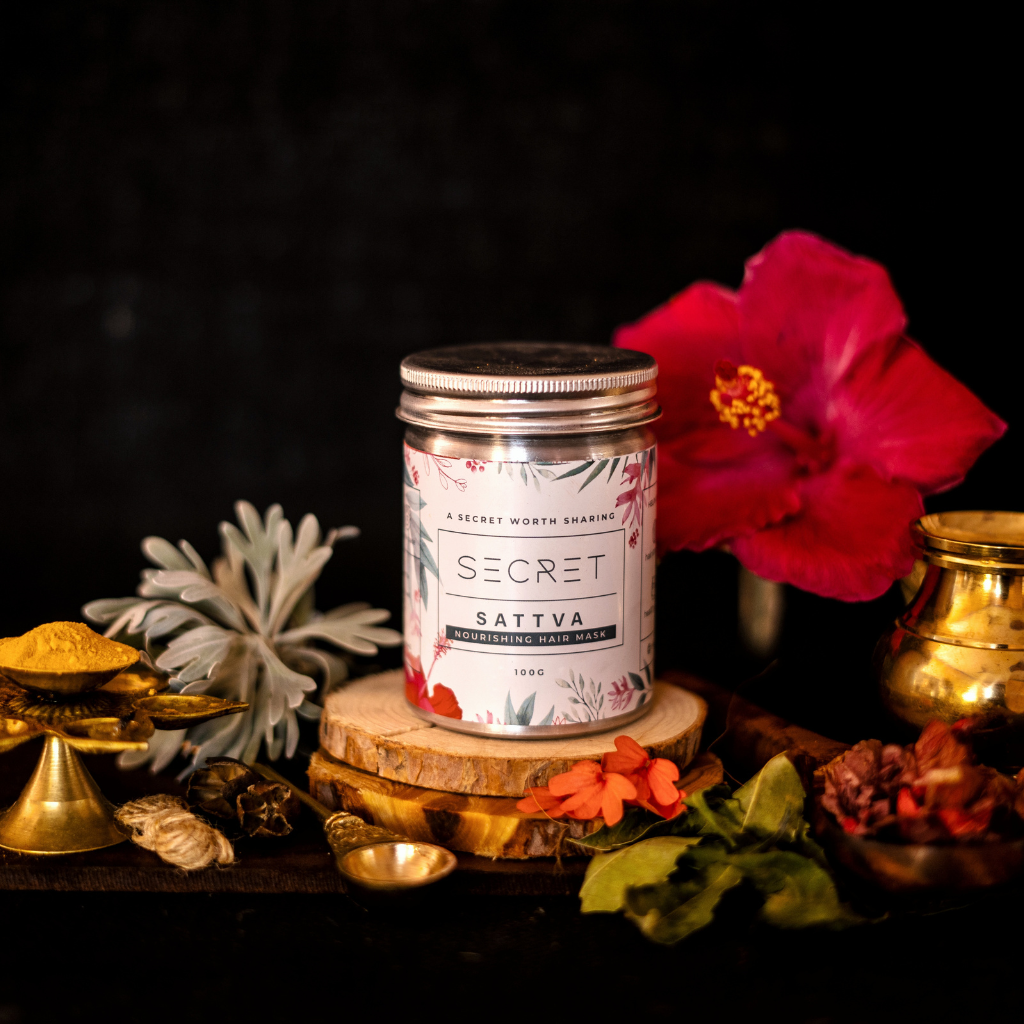How to Light Product Photography Effectively
by siteadmin

Lighting is an essential aspect of a product photography. It enhances the product's beauty and highlights its features.
It also ensures there are no distracting shadows in the background or on the products.
Overview of product photography
Marketing and advertising is incomplete without product photography. It can increase sales and interest, and help consumers better understand a product.
Lighting is a key aspect of product photography. If the lighting is not right, photos can look dull or disorganized.
There are many light sources that you can use for product photography. These include artificial as well as natural lighting.
Depending upon the product and its intended purpose, some products might require more natural lighting than others.
Reflective surfaces can cause problems for photographers, making it more difficult to photograph.
It is best to use a mixture of natural and synthetic light in order to create good lighting for these products. This will ensure that the photo is well-lit and highlights the product's unique features.
What lighting equipment can you use
It is important that you choose the correct lighting equipment when photographing product photography. This can make a difference in how your photos look and will help you stand out from the rest.
There are many kinds of lighting equipment on the market, each with its benefits and drawbacks. For example, continuous lights are great for studio and outdoor work.
Your products and display methods will influence the lighting configuration. Also consider your budget as well as the purpose of the image.
There are many lighting options, but the best is to stick with one or two high quality continuous lights. They can be used while styling products for stills or video. These could be high-power LED lighting, low-pressure mercuryvapor gas-discharge fluorescent bulbs, or tungsten lights.
Different types and styles of lighting
Lighting product photographs can be difficult regardless of whether you are a pro photographer or a beginner. You will be able to make your job easier if you have a good guideline. Take notes on what product you are using, the colours you choose, your props and accessories, and where your equipment is in relation to what product you have. These things will help to make informed decisions and save you from the costly error of trying to force a lens or telephoto prime that's not right for you.
Lighting techniques
It is essential to understand how to properly light your products as a product photographer. This is a critical part of any professional shoot. Your customers will love your images.
There are many lighting options for product photography. They vary depending upon the type of product and mood you want. There are many different lighting techniques that work well with a wide variety products.
Direct front lighting is the most common method of lighting a product. However, it can be flattering if used correctly. It is not the best choice if you have reflective items.
Triangular lighting works well with a wide variety of products. This technique is great for creating a 3D look in your products.
The lighting position also has a significant impact on how your images look. A front-facing light placed beside the camera produces more shadows than side-lighting or lower lighting.
https://www.littlewolfcollective.com/
Lighting is an essential aspect of a product photography. It enhances the product's beauty and highlights its features. It also ensures there are no distracting shadows in the background or on the products. Overview of product photography Marketing and advertising is incomplete without product photography. It can increase sales and interest, and help consumers better…
Recent Posts
- Your Premier Roofing Contractor for Comprehensive Roofing Solutions
- How to Find Roses for Every Occasion
- Toms River NJ Roofers Pros: Setting the Standard for Excellence in Roofing
- The Law Office of Kevin R. Garbe, PLLC: Providing Expert Legal Services in Real Estate and Estate Planning on Long Island
- Modern Laundry Revolutionizes Laundry Services in Windsor, CT
